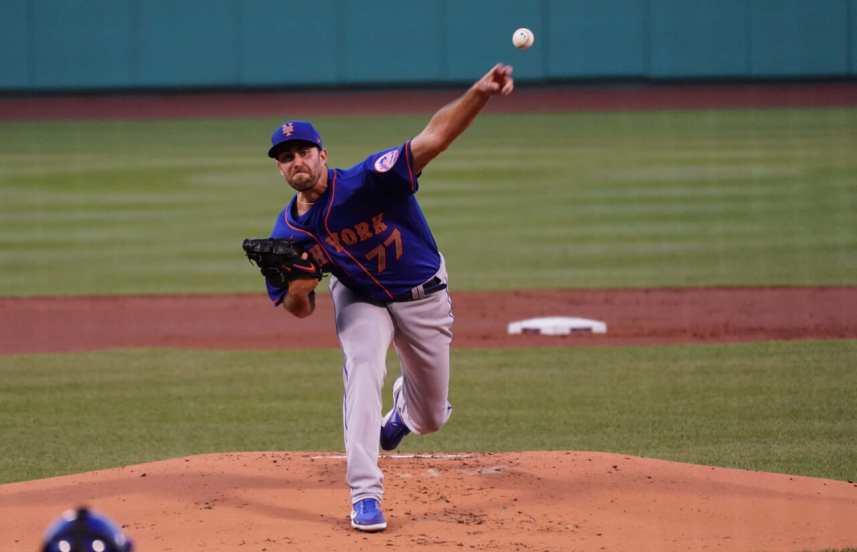
The New York Mets starting pitching has carried them to first place to begin the season but has skipped a beat when David Peterson. After a stellar rookie season in 2020, Peterson has struggled mightily in his sophomore season in the big leagues. With an ERA over six, how do the Mets move forward with Peterson?
Mets manager Luis Rojas says David Peterson will make his next start at the Major League level, despite his recent struggles.
— Anthony DiComo (@AnthonyDiComo) June 9, 2021
Peterson’s season is marked by inconsistency, but lately, he has been consistently bad. Over his last four starts, he has a 9.88 ERA, allowing 21 hits, 15 runs, and eight walks in just 13.2 innings pitched. When Peterson struggles, he cannot stop the bleeding, which has resulted in him pitching less than five innings in five of his 11 starts.
In 2020, Peterson found success by exclusively throwing his four-seam fastball and rarely throwing a sinker which hitters had success against. He threw the four-seamer 37.4% of the time, with hitters batting .164 and slugging just .262. Peterson used his sinker 15.8% of the time, and batters hit .368 with a .474 slugging percentage.
Pick One
This year the game plan has flipped back and forth between throwing a majority of sinkers or a majority of four-seamers. In his 7.1 innings, nine strikeout game against the Phillies, Peterson threw 47 four-seamers and 17 sinkers. During his ten strikeouts game against the Phillies, he threw 43 sinkers and just six four-seam fastballs. In Peterson’s bad starts, similar splits show he has not decided on the type of pitcher he wants to be at the big league level.
For example, Marcus Stroman is well-known for his tremendous sinker, but he can also feature a four-seam fastball in the low to mid-90s. Stroman throws his sinker 40.2% of the time while using his four-seamer 5% of the time. He picked his main pitch then saves the other fastball for a “change of pace” pitch. Peterson has compiled solid starts with both pitches as his number one, but he needs to pick one and work his other pitches off his primary fastball.
The Higher The Better
When Peterson works up in the strike zone, he finds more success. Batters are in the low .200’s up in the strike zone compared to way over .300 low in the zone. Pitching up with the four-seam fastball allows the 6’6″ Peterson to work his slider off the same plane and his changeup even lower. Even if Peterson commits to a primary fastball, the execution of his offspeed needs to improve. Peterson’s slider has a .648 slugging percentage against his put-away pitch. Too often, it is in the strike zone during counts where it should be thrown for a ball.
Despite the struggles, Peterson will get every opportunity to right his season. The Mets’ options are minimal on their 40-man roster. Sean Reid Foley and Yennsy Diaz have prior starting experience but have not been stretched out to take a rotation spot. Thomas Szapucki would be the best option the Mets have if they wanted to make a switch. Szapucki has a respectable 3.51 ERA in Triple-A, but his 1.58 WHIP and 1.8 HR/9 are why the Mets feel he is not ready to join the Mets rotation. Noah Syndergaard and Carlos Carrasco are nowhere near coming back, which leaves Peterson on his own to right the ship.